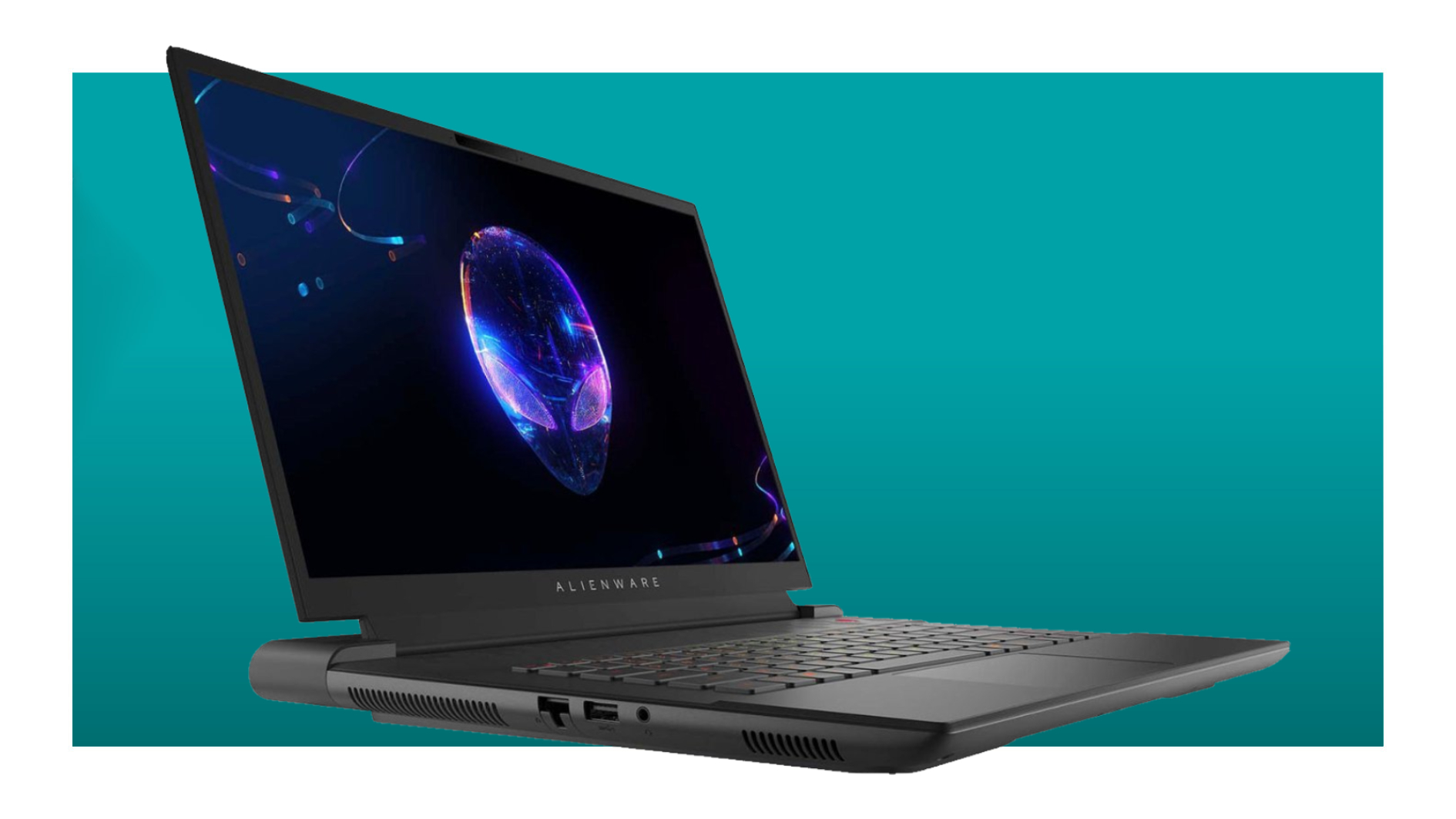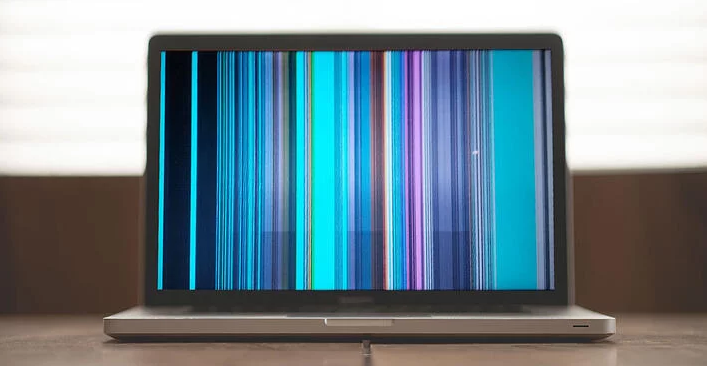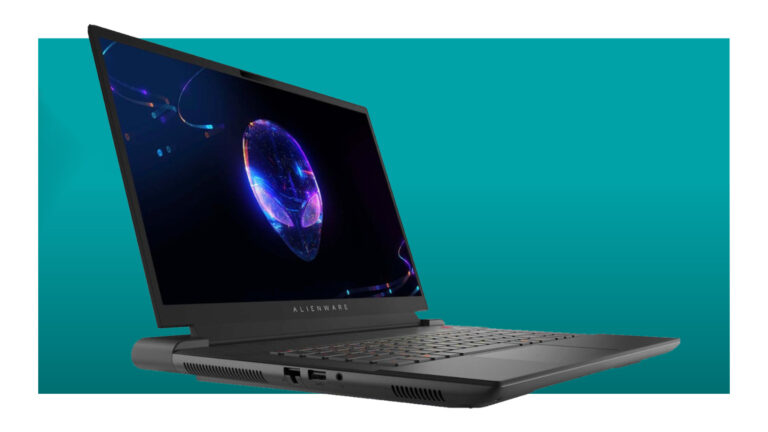
The RTX 4080 laptop represents one of the most powerful portable GPUs available today. Designed for gamers, video editors, 3D artists, and professionals who demand top-tier performance, this laptop GPU offers desktop-level power in a more compact and efficient form. In this detailed guide, we’ll break down every aspect — from architecture and specifications to performance, pricing, and buying advice — all written in easy and informative language.
1. Introduction
The RTX 4080 laptop GPU is part of NVIDIA’s Ada Lovelace architecture, which has brought major performance improvements over the previous Ampere series. It’s built to deliver high frame rates, stunning visuals, and incredible efficiency for both gaming and creative workloads.
Whether you’re a professional 3D modeler, video editor, or someone who just loves gaming in 4K resolution, the RTX 4080 laptop offers a balance of speed, cooling, and mobility. In this article, we’ll discuss every important detail you should know before buying an RTX 4080 laptop.
2. Technical Specifications
To understand the power of an RTX 4080 laptop, it’s important to look at its core specifications. Here’s a table for quick reference:
| Specification | Details |
|---|---|
| GPU Architecture | Ada Lovelace |
| CUDA Cores | 7424 |
| VRAM | 12 GB GDDR6 |
| Memory Bus | 192-bit |
| Clock Speed | Up to 2280 MHz |
| TGP (Power Range) | 60W – 150W (varies by laptop) |
| Ray Tracing Cores | 3rd Generation |
| Tensor Cores | 4th Generation |
| DLSS Support | DLSS 3 (with Frame Generation) |
The RTX 4080 laptop GPU offers a flexible power range, meaning performance can differ depending on the laptop’s design and cooling. High-wattage configurations (around 150W) generally deliver performance closer to a desktop RTX 4070 Ti, while lower-wattage models trade some performance for better battery life and portability.
3. Performance Metrics
When it comes to real-world performance, the RTX 4080 laptop performs exceptionally well. In most modern games at 1440p and even 4K, it can deliver smooth frame rates above 100 FPS in demanding titles like Cyberpunk 2077 and Hogwarts Legacy when DLSS is enabled.
In productivity workloads, such as video editing with Adobe Premiere Pro or 3D rendering in Blender, the GPU’s CUDA cores and AI acceleration greatly speed up export and render times.
Here’s an overview of average gaming performance (high settings):
| Resolution | Average FPS (approx.) | Example Games |
|---|---|---|
| 1080p | 150 – 200 FPS | Valorant, Apex Legends, CS2 |
| 1440p | 100 – 160 FPS | Cyberpunk 2077, GTA V, Forza Horizon 5 |
| 4K | 70 – 100 FPS | Horizon Zero Dawn, Red Dead Redemption 2 |
This level of performance easily surpasses the RTX 3080 Ti laptop GPU, showing up to 20–25% better results on average.
4. Variants and Configurations
The RTX 4080 laptop comes in multiple configurations depending on the manufacturer. Some laptops prioritize thin and light designs, offering lower wattage models (around 80–100W), while others focus on maximum performance with higher wattage (up to 150W).
Factors that affect performance include:
- Cooling system: Better cooling allows higher sustained GPU speeds.
- CPU pairing: Intel Core i9 or AMD Ryzen 9 processors are often paired with this GPU for balanced performance.
- Display quality: Most RTX 4080 laptops feature QHD or 4K displays, often with refresh rates between 165Hz to 240Hz, ensuring smooth visuals for gamers and content creators alike.
5. Use Cases and Real-World Applications
The RTX 4080 laptop isn’t only for gamers. It’s an all-round powerhouse that serves multiple professional purposes.
For Gamers
You can expect top-tier graphics performance, capable of running any AAA title at ultra settings. DLSS 3 enhances performance by generating extra frames through AI, resulting in ultra-smooth gameplay.
For Content Creators
Video editors, 3D designers, and animators benefit from CUDA and Tensor cores that speed up tasks like rendering, video exports, and simulations. Programs such as Blender, Adobe After Effects, and DaVinci Resolve show significant time reductions during workloads.
For Professionals
The GPU’s power allows professionals in AI research, engineering, and architectural visualization to handle demanding tasks without lag or thermal throttling.
6. Thermals, Power Draw & Battery Life
Thermal management plays a crucial role in how well the RTX 4080 laptop performs. Laptops with advanced cooling solutions — such as vapor chamber systems or dual-fan designs — can maintain performance longer without overheating.
However, with great power comes great power consumption. When gaming, you can expect the GPU to draw anywhere from 120W to 150W, leading to shorter battery life. For lighter tasks like browsing or video playback, battery performance remains acceptable, typically lasting between 5–8 hours depending on the model.
7. Pros and Cons
Here’s a quick overview of the strengths and weaknesses of owning an RTX 4080 laptop:
| Pros | Cons |
|---|---|
| Incredible gaming and creative performance | Expensive compared to other models |
| DLSS 3 and Ray Tracing support | Can generate significant heat under load |
| Future-proof for upcoming titles | Battery life drains quickly during gaming |
| Ideal for QHD and 4K gaming | Thicker models are less portable |
Overall, the RTX 4080 laptop is an excellent choice for users who prioritize performance over portability.
8. How to Choose a Good RTX 4080 Laptop
Before buying, there are a few important factors to consider:
- TGP (Total Graphics Power): Prefer models with 140W or higher for maximum performance.
- Cooling: Look for laptops with efficient heat pipes or vapor chamber cooling.
- Display: QHD (1440p) displays with 165Hz+ refresh rates are a sweet spot for gaming.
- CPU: A high-end CPU like Intel i9 or AMD Ryzen 9 complements the GPU perfectly.
- Build quality: Metal chassis models usually offer better thermal performance and durability.
Some reliable models include the ASUS ROG Strix Scar 17, MSI Raider GE78HX, and Lenovo Legion 7i Pro.
9. Cost and Availability
The RTX 4080 laptop generally falls within the premium price range. Globally, prices start from around $2,000 to $3,000 USD, depending on brand and configuration. In countries like Pakistan or India, the cost may rise due to import taxes and availability, often ranging between Rs. 800,000 – Rs. 1,000,000.
You can find these laptops at major online retailers such as Amazon, Newegg, or local tech stores specializing in gaming systems.
10. Future Outlook
The RTX 4080 laptop GPU is built on the Ada Lovelace architecture, which will remain relevant for several years due to its support for new gaming technologies like DLSS 3 and advanced ray tracing. Even as newer models release, this GPU will continue to deliver strong performance in next-generation titles and creative software.
11. Conclusion
In conclusion, the RTX 4080 laptop is a beast in performance and innovation. It bridges the gap between desktop and mobile gaming power while offering incredible versatility for professional workloads.
If you’re looking for a machine that can handle demanding AAA games, high-resolution rendering, and intensive editing, an RTX 4080 laptop is one of the best investments you can make. However, it’s best suited for users who value performance and power efficiency over budget or ultra-portability.
12. FAQs
1. Is the RTX 4080 laptop better than the RTX 3080 Ti laptop?
Yes, the RTX 4080 laptop offers 20–30% better performance along with newer technologies like DLSS 3 and improved ray tracing cores.
2. Can I game in 4K with an RTX 4080 laptop?
Absolutely. It can handle 4K gaming smoothly, especially when DLSS 3 is enabled.
3. How much does an RTX 4080 laptop cost?
Prices range from $2,000 to $3,000 internationally, depending on brand and configuration.
4. Does the RTX 4080 laptop overheat?
Not if paired with a good cooling system. Premium models maintain stable temperatures under load.
5. Is it worth buying the RTX 4080 laptop in 2025?
Yes, it’s still one of the most capable GPUs available for high-end gaming and professional work.



